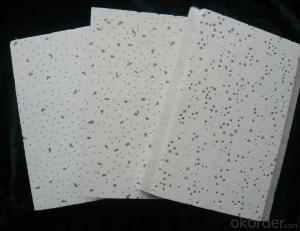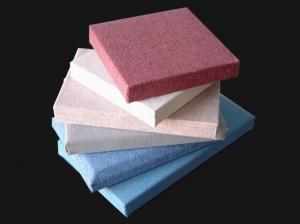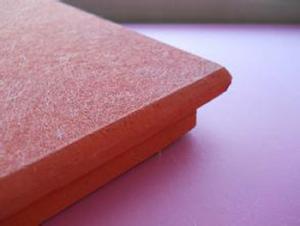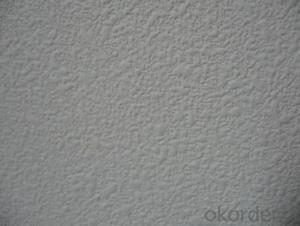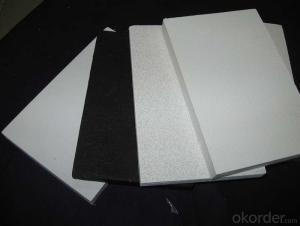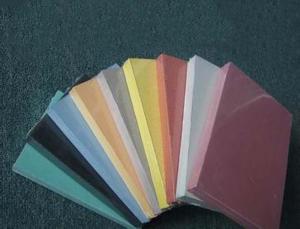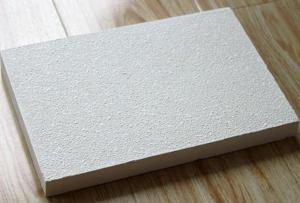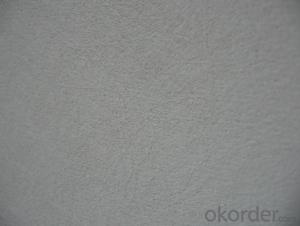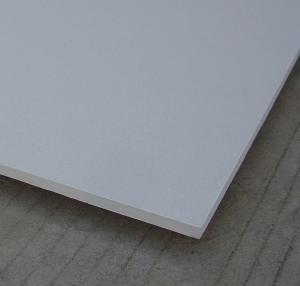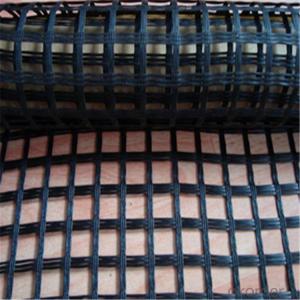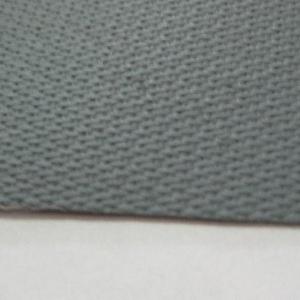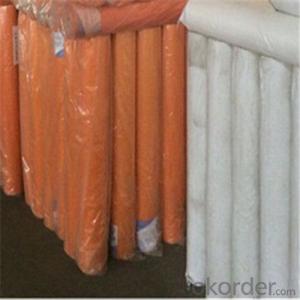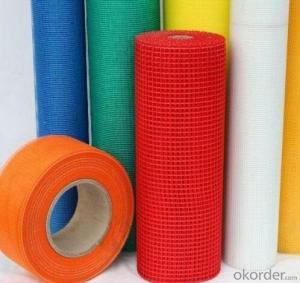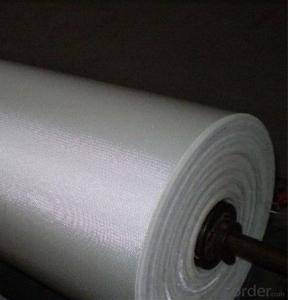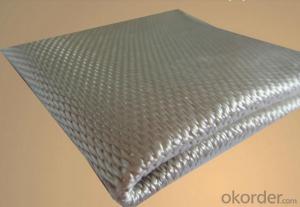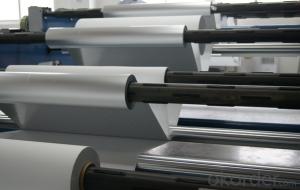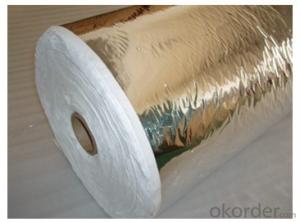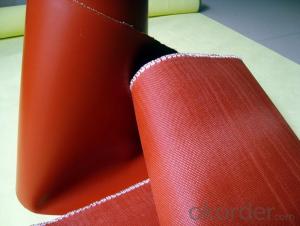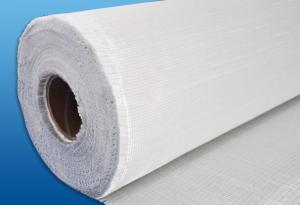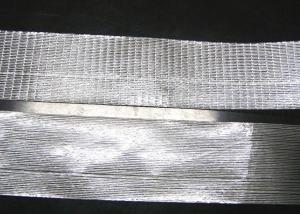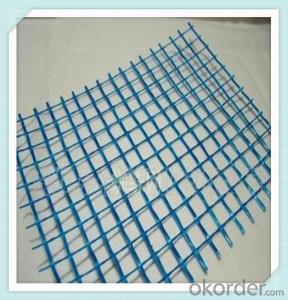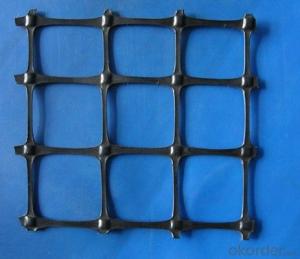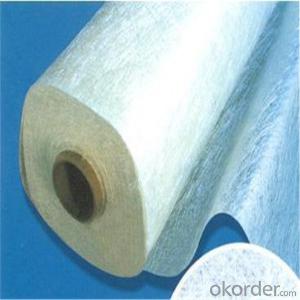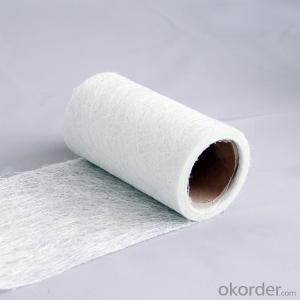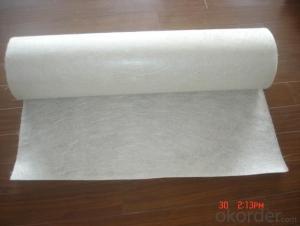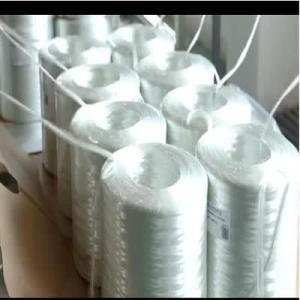Fiberglass Fabric
Fiberglass Fabric Related Searches
Led Light Bulbs For Ceiling Fixtures Decorative Ceiling Plate For Light Fixture Ceiling Plate For Hanging Light Fiberglass Sheets For Roofing Track Lights For Kitchen Ceiling Lights For Kitchen Ceiling Lights For Fall Ceiling Spotlight For Ceiling 5 Blade Ceiling Fan With Light 12X12 Ceiling Tiles With HolesHot Searches
Tilt Panel Props For Sale Fiberglass Scaffolding For Sale Fiberglass Panels For Sale Fiberglass Greenhouses For Sale Geogrid Fabric For Sale Glass Wool Manufacturers In India Mineral Wool Insulation Price List Glass Wool Price List Glass Wool Price India Solar Panel Inverter Suppliers Q Cells Solar Panel Prices Tesla Solar Panel Inverter Geogrid Fabric Price Ceiling Fan Lowest Price Eps Panel Cost Geogrid Fabric Home Depot Geotextile Fabric Cost Per Square Foot Geotextile Filter Fabric Prices Geotextile Filter Fabric Specification Fiberglass Scaffolding For SaleFiberglass Fabric Supplier & Manufacturer from China
Okorder.com is a professional Fiberglass Fabric supplier & manufacturer, offers integrated one-stop services including real-time quoting and online cargo tracking. We are funded by CNBM Group, a Fortune 500 enterprise and the largest Fiberglass Fabric firm in China.Hot Products
FAQ
- Insulation in data centers can be achieved using fiberglass mat tissue, which is commonly utilized for thermal and acoustic purposes. This type of fiberglass insulation has numerous benefits, including high thermal resistance, fire resistance, and sound absorption capabilities. Maintaining a controlled and stable environment for sensitive electronic equipment is crucial in data centers, and insulation plays a vital role in achieving this. Fiberglass mat tissue can effectively reduce heat transfer, prevent hot spots, and maintain the desired temperature levels within the data center. Additionally, it contributes to noise reduction, creating a comfortable working environment for personnel. However, before determining the suitability of fiberglass mat tissue for data center insulation, certain factors need to be considered. Thorough evaluation of the data center's specific requirements for thermal insulation, fire resistance, and acoustic control is necessary. The installation process and maintenance requirements should also be assessed to ensure effective implementation and upkeep of the insulation material. It is important to explore alternative insulation options, such as mineral wool, foam insulation, or specialized materials that may better meet the unique demands of data centers. These materials may offer advantages like enhanced fire resistance, moisture control, or improved thermal efficiency. Ultimately, determining the suitability of fiberglass mat tissue for data center insulation requires a comprehensive evaluation of specific needs, regulatory requirements, and available options. Seeking the expertise of professionals in data center construction and insulation can provide valuable insights and aid in making an informed decision.
- There are several types of fiberglass mat tissue available in the market, including chopped strand mat (CSM), continuous filament mat (CFM), and surfacing mat. Chopped strand mat is made up of randomly oriented short glass fibers held together with a binder, providing good strength and conformability. Continuous filament mat consists of long continuous glass fibers, providing higher strength and stiffness. Surfacing mat, on the other hand, is a thin layer of fiberglass mat used to improve the surface finish and appearance of the final product.
- Yes, fiberglass mat tissue is generally compatible with different types of resins. Fiberglass mat tissue is a versatile material that can be used in conjunction with various types of resins, including polyester, epoxy, and vinyl ester resins. The compatibility between the fiberglass mat tissue and the resin depends on several factors such as the specific type and formulation of the resin, as well as the intended application of the composite material. However, in most cases, fiberglass mat tissue can be used with different types of resins to create strong and durable composite materials. It is important to carefully follow the manufacturer's recommendations and guidelines for resin selection and application to ensure optimal compatibility and performance.
- Fiberglass mat tissue and cellulose insulation differ in terms of material composition and insulation properties. Fiberglass mat tissue is made from fine glass fibers, while cellulose insulation is composed of recycled paper fibers treated with fire-retardant chemicals. Fiberglass mat tissue offers higher R-value, meaning it provides better thermal insulation and energy efficiency. Additionally, it is resistant to moisture and does not promote mold growth. On the other hand, cellulose insulation is more affordable, environmentally friendly, and provides better sound insulation. Ultimately, the choice between the two depends on specific insulation needs, budget, and environmental considerations.
- The width of fiberglass mat tissue can have a significant impact on its conformability. Generally, a wider width of fiberglass mat tissue allows for greater flexibility and adaptability to different surfaces and shapes. This is because a wider mat tissue can cover larger areas, allowing for smoother transitions and better conformability to irregular surfaces. On the other hand, a narrower width of fiberglass mat tissue may be more rigid and less able to conform to complex shapes or contours. It might struggle to properly adhere to uneven surfaces, resulting in potential gaps or imperfections. Additionally, a narrower width may limit the flexibility and maneuverability of the mat tissue during installation or application. Therefore, the width of fiberglass mat tissue is an important factor to consider when determining its conformability. A wider width generally offers better conformability and the ability to cover larger areas, while a narrower width may have limitations in adapting to complex surfaces.
- Fine strands of glass fibers are used to create fiberglass mat tissue, which is a flexible material resembling fabric. The glass fibers are usually produced by melting glass and transforming it into thin filaments. These filaments are then coated with a binding agent to enhance their strength and durability. The woven composition of the fiberglass mat tissue contributes to its ability to reinforce and stabilize different materials and products. This makes it a suitable option for insulation, roofing, and composite materials.
- Yes, fiberglass mat tissue can be used for repairing fiberglass kayaks. Fiberglass mat tissue is a lightweight material that is commonly used in the repair and reinforcement of fiberglass products, including kayaks. It is designed to be easily moldable and conform to the shape of the damaged area. By applying the fiberglass mat tissue with an epoxy resin, it can effectively reinforce and bond the damaged sections of a fiberglass kayak, restoring its strength and durability. It is important to ensure that the damaged area is properly prepared and the fiberglass mat tissue is applied correctly to achieve a strong and long-lasting repair.
